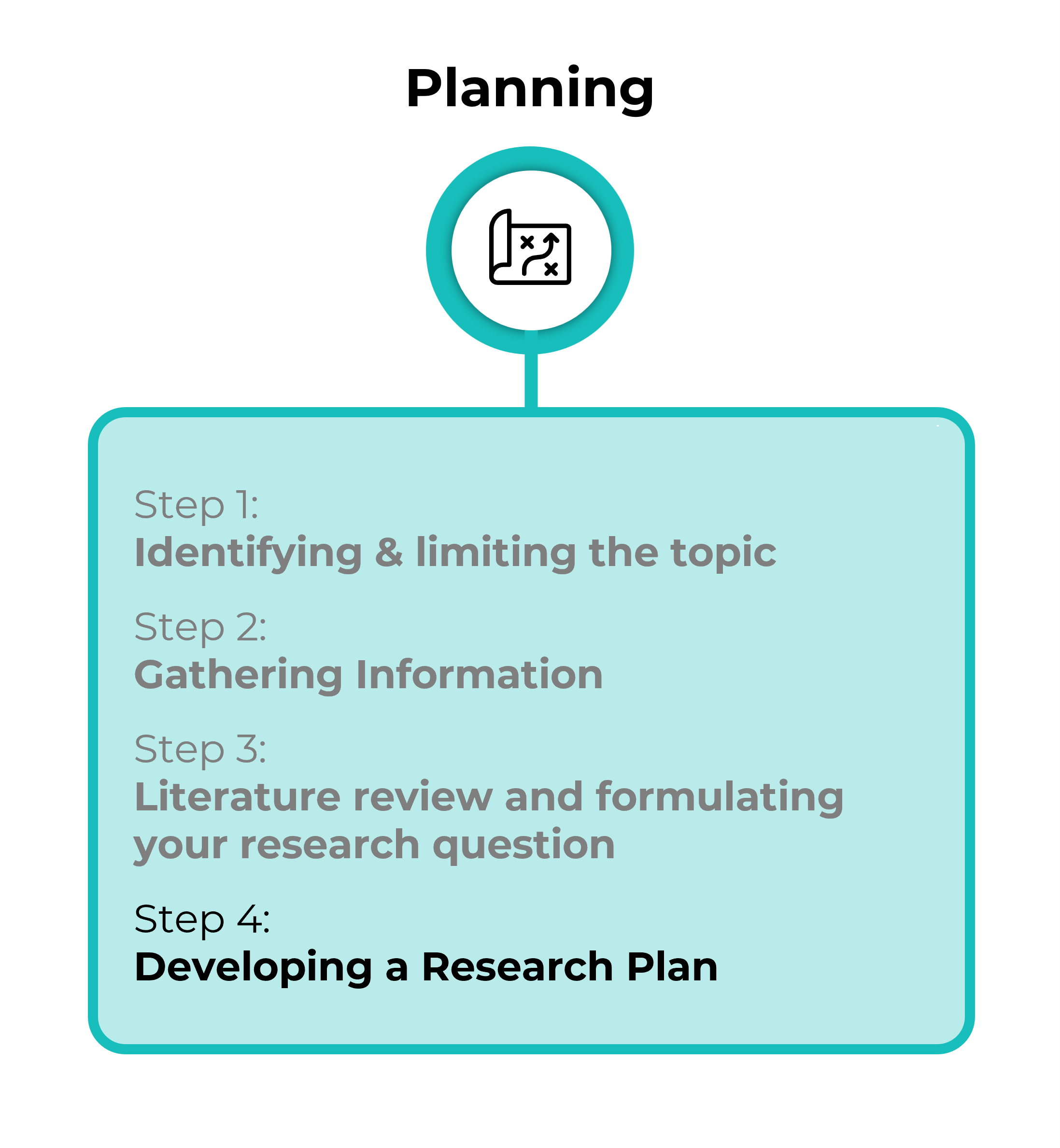Developing a Research Plan
This lesson will focus on research ethics. Specifically, you will build into your research plan safeguards that ensure participants are respected, that their well-being is considered, and that their participation in the research does not expose them to any harm or any form of discrimination.

- Identifying and limiting the topic
- Gathering Information
- Reviewing the related literature
- Developing a research plan
Brief History of Research Ethics
At one time there were no ethical research standards in place for researchers. As a result, there is a long history of what would now be considered unethical research. The Tuskegee Syphilis Study is probably one of the most shameful examples of unethical research.
Reflect
Unethical Research
Watch the following video and consider how this could have happened and what ethical issues it raises about conducting research with humans.
Source: Black History in Two Minutes or so. YouTube, 7 Feb 2020.
Blue Eyes/Brown Eyes
In response to the assassination of Martin Luther King, Jr. over thirty years ago, Jane Elliott developed the controversial, “Blue Eyes/Brown Eyes” exercise. This, now famous, exercise labels participants as inferior or superior based solely upon the color of their eyes and exposes them to the experience of being a minority.
Video
Brown eyes and blue eyes Racism experiment Children Session – Jane Elliott
Watch this video excerpt of Jane Elliot’s Blue Eyes/Brown Eyes experiment.
Note: To view the captions, please open the video on YouTube.
Source: Mark Heckroth. YouTube, 1 Jun 2018.
Reflect
Brown Eye, Blue Eyes Racism Experiment
Should Jane Elliot have conducted this research using her students? Based on your understanding of research ethics, think about why or why not. Reflect on how your role as a teacher conducting research with your students raises ethical concerns.

